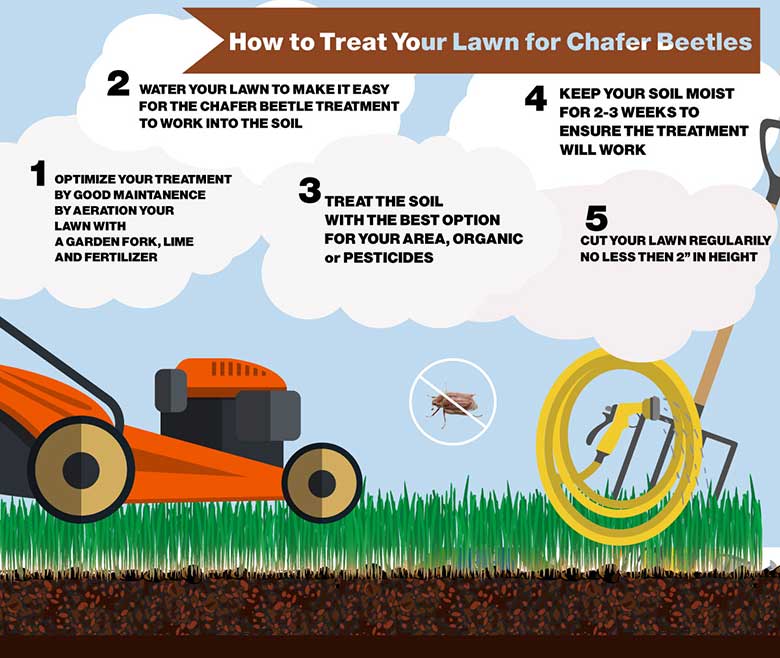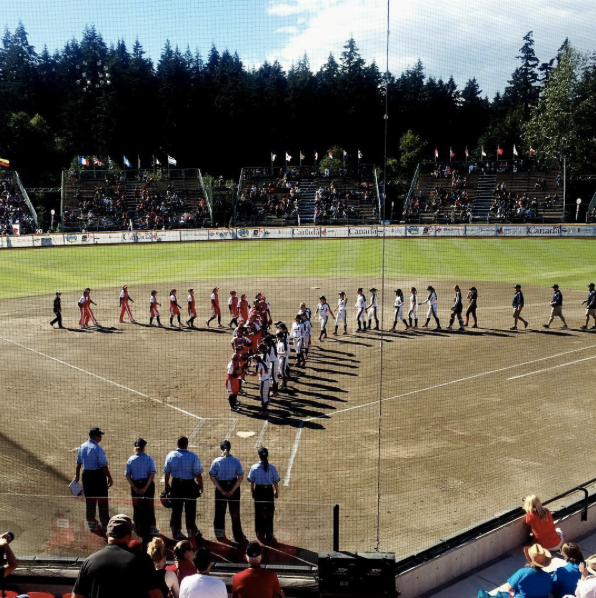Playground Wood Chips a Better Alternative to Pea Gravel
/0 Comments/in Municipal and Infrastructure Journal, Parks, Playgrounds /by Tanya RichardsDistrict of North Vancouver Testimonial
/0 Comments/in Municipal and Infrastructure Journal, Parks, Playgrounds /by Tanya RichardsDenbow Manufactures PlayChips to Keep Kids Safe
/0 Comments/in Grinding, Manufacturing, Municipal and Infrastructure Journal, Parks, Playgrounds /by Tanya RichardsTimelapse Video: PlayChips
/0 Comments/in Blower Truck Services, Landscape Journal, Municipal and Infrastructure Journal, Parks, Playgrounds /by Tanya RichardsPlayground Wood Chips – Are they safe?
/0 Comments/in Blower Truck Services, Parks, Playgrounds /by Tanya RichardsPlayground Wood Chips – Are they safe?
Playground wood chips are a way to cushion children if they should fall off of or near playground equipment, making the purpose of these wood chips all about safety. However, anything that will interact with children must be safe and trustworthy. When acquiring engineered wood fibre from a reputable supplier that is carefully produces the material, you can rest assured that the product will be safe.
Allergies
Allergies are always a potential hazard, as with any kind of new material introduced into a child’s life. Properly produced engineered wood fibre specifically for playgrounds are made from clean wood taken from mature forests, which is also called virgin wood. These trees have existed in an environment where there has been little to no interference from humanity, which means that there should be few to any harmful allergens involved. And since children are unlikely to come into any but brief skin contact with the wood chips, the likelihood of an allergic reaction is extremely low.
Compression
Properly produced playground wood chips are designed to be compressed in depth once placed in the playground. Typically, in order to effectively cushion the types of falls that a child would sustain from falling off of playground equipment, wood chips need to be piled to a depth of at least one foot after compression. Since compression is natural, particularly with kids running around on it, every year the the wood chips will tend to compress roughly three inches. If the wood chips become too compressed, they stop being safe because they become too rigid and dense. This is when a top-up is required to maintain the minimum 12″ depth.
General Shape
Wood chips that are designed to be used on playgrounds are not the same kind of wood chips or bark mulch that you would use in landscaping. Engineered wood fibre is made from the wood of the tree, and doesn’t include any bark mulch. With no bark and because of the way the wood is cut, silvers are minimal. If a child tumbles onto wood chips, having a reasonably smooth surface is important to keep from cutting his or her skin or poking them painfully. The cut of the material is designed to be both a cushion and to allow some rolling to occur.
Additional Characteristics
One important characteristic that the right kind of playground wood chips possess is that they are manufactured to be very fibrous. These fibers add to the spring-like qualities of the wood chips, so they will bend and flex if they need to cushion a fall instead of snapping and becoming dangerous. This is different from the high rigidity that most landscaping materials possess, which makes playground wood chips safer for this specific use. Engineered wood fibre is to be produced to meet ASTM standards, and the supplier should have their material tested regularly.
Extra Materials
Properly manufactured playground wood chips do not feature any foreign materials. While the rules for mulch and most other kinds of wood chips are very loose, the standards for playground wood chips are far stricter. For example, there are to be no twigs, no pebbles, and no pieces of bark mixed in with playground mulch. No recycled materials such as pallets or wood waste. Those extra pieces of material can end up being overly rigid and sharp, which can be harmful to a child amid a fall.
Chemical-Free
Chemicals tend to trigger allergies, skin rashes and other types of problems, to say nothing of being harmful to the overall environment. Obviously, pesticides should never be a part of your playground wood chips because these chemicals should never come near children. A lesser-known but hazardous substance called chromated copper arsenate is a major chemical that is used in timber preservation, but treated wood should never be involved in playground wood chips. You can identify the use of this chemical preservative by the green tint it gives wood.
Effective Sourcing
Working with the right supply company is the difference between being highly satisfied with the end results or being disappointed with them. You have responsibility to ensure a safe playground for children, and safety on the playground is of the utmost importance. Work with a trustworthy company that will only provide the safest hardwood-based playground wood chips. To understand how the best wood chip supply companies operate, you can start by learning more about Denbow, one of the premier wood chip suppliers in British Columbia.
Dealing with the Chafer Beetle – Nematode Protocol Update
/in Corporate News, Landscape, Landscape Journal, Parks, Seeding, Summer Landscape Ideas /by Tanya RichardsDealing with the Chafer Beetle – Nematode Protocol Update
Two options for addressing chafer beetle infestations
Are you or your clients having problems with the European Chafer beetle destroying lawn? We suggest the protocols described below. Please keep in mind that the insecticide must be administered by a professional with a pesticide applicator’s certificate. The rest could be done by a homeowner, but it is a procedure that is far more likely to be done by a landscaper.
The first option is to do an Imidacloprid drench. After the drench, wait a few weeks, then remove the turf and as much soil as is reasonable—a minimum depth of 2 inches. Next, add soil to required depth; the soil can either be Terraseeded, hand seeded, or lay sod. Make sure to do this in late July/early August before applying the nematodes.
By removing the turf and some soil, you’re taking out most of the grubs, even the ones killed by the Imidacloprid. The large grubs are more difficult for the nematodes to kill. Applying nematodes after egg-hatch (in mid-late July) will target the small grubs, which is more effective. It should be emphasized that nematodes should be applied annually if the Chafer Beetle continue to be a problem in their area.
There is the issue that not all jurisdictions allow the application of this insecticide. Therefore, each customer must find out what is acceptable within their jobsite and municipality.
If insecticide use is not permitted in the area, there is a second option. First, apply the nematodes at recommended rates to the soil in April through June, and then again in September through early November; the nematodes should be applied in areas of known infestation where specific lawns show signs of chafer infestation. Remember that the lawns must remain damp for at least two weeks after nematode applications.
For both options, it is very important to follow healthy lawn practices as well established lawns are more resistant to chafer damage. These practices include aeration and topdressing, watering well at appropriate intervals, consistent fertilization, and cutting to a 2-inch height (not too short).

Remediation
In order to resist the chafer beetle when projects are newly installed, consider the following recommendations. First, if permissible, drench the soil with Imidaclorprid. Then, excavate and dispose of native topsoil to a reasonable depth of 2-6 inches. Replace the excavated material with compost-based soil; the type of soil should be based on specific requirements, i.e. turf. If applicable for the application, the use of grass species such as tall fescues and alternatives such as Microclover will help resist the beetle. Overseed the remediated areas at 3-4 times the suggested rates; in theory, this makes it difficult for the chafer to get to the surface. It will also make it harder for the chafer predators (birds, raccoons, etc.) to do damage. Lastly, encourage the use of any product or method that will increase turf establishment as well-rooted turf will stand a better chance.
Overall, it is important to remember that the European chafer beetle is an ongoing problem that is unlikely to be solved easily. There is no silver bullet. Providing quality products and installation combined with a willingness to maintain the remediated areas will improve the customers chance of a successful project.
Check out our full infographic on “How to Deal with the Chafer Beetle”. Enjoy and please share!
Here are some other resources we have found online that may be of help:
https://www.burncolandscape.com/chafer-beetles-lower-mainland/
http://www.cuttingedgevancouver.com/services/chafer-beetle-control/
http://www.landscapingvancouver.ca/chafer_beetle_vancouver.html
http://www.artknapps.ca/preventions-and-treatments-of-chafer-beetle/
http://www.coquitlam.ca/city-services/environment/european-chafer-beetle.aspx
Save
Save
Newton Pond – Revegetation Project
/0 Comments/in Municipal and Infrastructure Journal, Parks, Projects, Stormwater Management /by Tanya RichardsTeam Canada Plays to a Bronze Medal in Women’s Softball
/0 Comments/in Parks, Playgrounds, Seeding /by Tanya RichardsTeam Canada Plays to a Bronze Medal in Women’s Softball.
During the week of July 15-24 Team Canada hosted and participated in the 2016 Women’s World Softball Championship tournament at Softball City in Surrey BC.
Team Canada won five straight games leading into their quarter final game against Japan. Unfortunately, they fell 11-1 to Japan in a mercy-ruled four innings in Sunday’s semifinal before a the home crowd of 4,500.
To finish the tournament, the U.S. were crowned world champions again, after they defeated Japan 7-3 in Sunday evening’s final. It’s the sixth straight World’s that the two teams, Japan and the U.S., have battled for gold.
Canadian supporters where not disappointed as Canada’s bronze marks their highest finish since they took the third-place hardware at the 2010 worlds in Caracas, Venezuela. They finished fourth at the worlds two years ago in Haarlem, Netherlands.
Denbow would like to officially congratulate our 2016 Women’s Softball team. Great job team Canada!
In addition we would like to express our appreciation to the City of Surrey, the official host city of the games. We supported Surrey through our Playchip top-up program as well as our mulch blowing services to get the Softball City park in tip top shape for the games.
If you enjoyed the article please feel free to share it with your family and friends.
You can read a great article summary on Team Canada’s bronze medal run by Steve Ewen of the Province News Here.

Save

